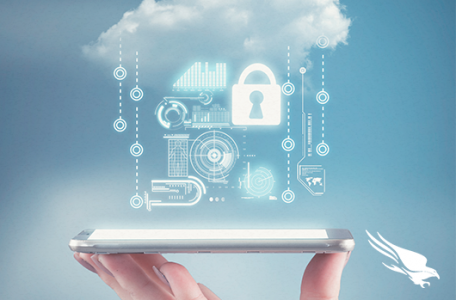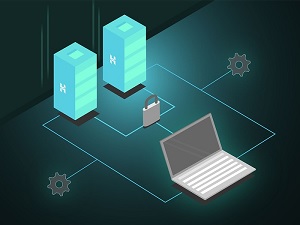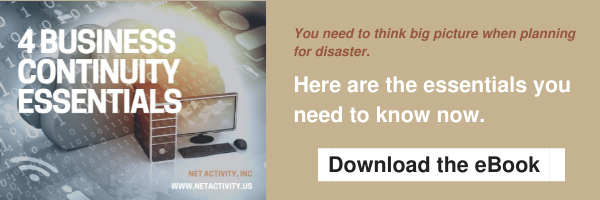Remote Work Can Offer More Benefits than You Might Expect
Remote work has been embraced over the past two years, in no small part due to the impact of the pandemic. However, some of the impacts of remote work have made it clear to many businesses that its advantages shouldn’t be sacrificed once it is no longer necessary. Let’s review how businesses can improve by continuing the practices of remote work, even after the need for remote work has passed.
Redundant Business Travel Can Be Eliminated
Business travel hit effectively unprecedented lows throughout the pandemic, as many people remained secluded in their homes as much as they could. However, it quickly became apparent that the activity that business travel revolved around didn’t actually require a physical presence to be fulfilled. With the solutions that enable remote work in tow, employees can do more than just virtually commute to the office… they can effectively “travel” anywhere they are needed in a matter of moments. This can save you and your team members a hefty chunk of change in fuel costs alone.
Remote Tools Actually Aid Communication and Collaboration
We’ve found that so many of our preconceptions about the best way to do things are, in fact, not the best way to do things. Meetings that involved people present as well as people calling in often found those calling in overlooked more often than not. However, when everyone is relying on remote communication, the playing field is leveled out.
Security is Better with Zero Trust
As companies hurriedly adopted remote work processes, it had the unfortunate side effect of greatly expanding the threat surface of their infrastructures. After all, it isn’t as though your home network is exclusively dealing with work processes. There are other users doing their own thing on the same network, making a zero-trust security approach a necessity. By demanding verification and authentication for every device, user, or application that tries to access resources, the zero-trust model helps to prevent unauthorized usage.
Remote Work Benefits the Environment
With the environment becoming a greater priority for many people as time passes, green technologies and business practices have been emphasized. Remote work, by virtue of the eliminated commute, is a very effective way for each employee to cut down on their carbon footprint.
Hybrid Work is the Best of Both Worlds
As remote solutions continue to improve, a rift has grown. Some employees are perfectly content to continue working from home, while others want the ability to work alongside their teammates once again. This will likely result in the adoption of a hybridized work environment, where employees combine remote operations with in-person processes.
Net Activity can ensure that your business is in the position to operate wherever your employees may be. Give us a call at 216-503-5150 to find out how we can help.















